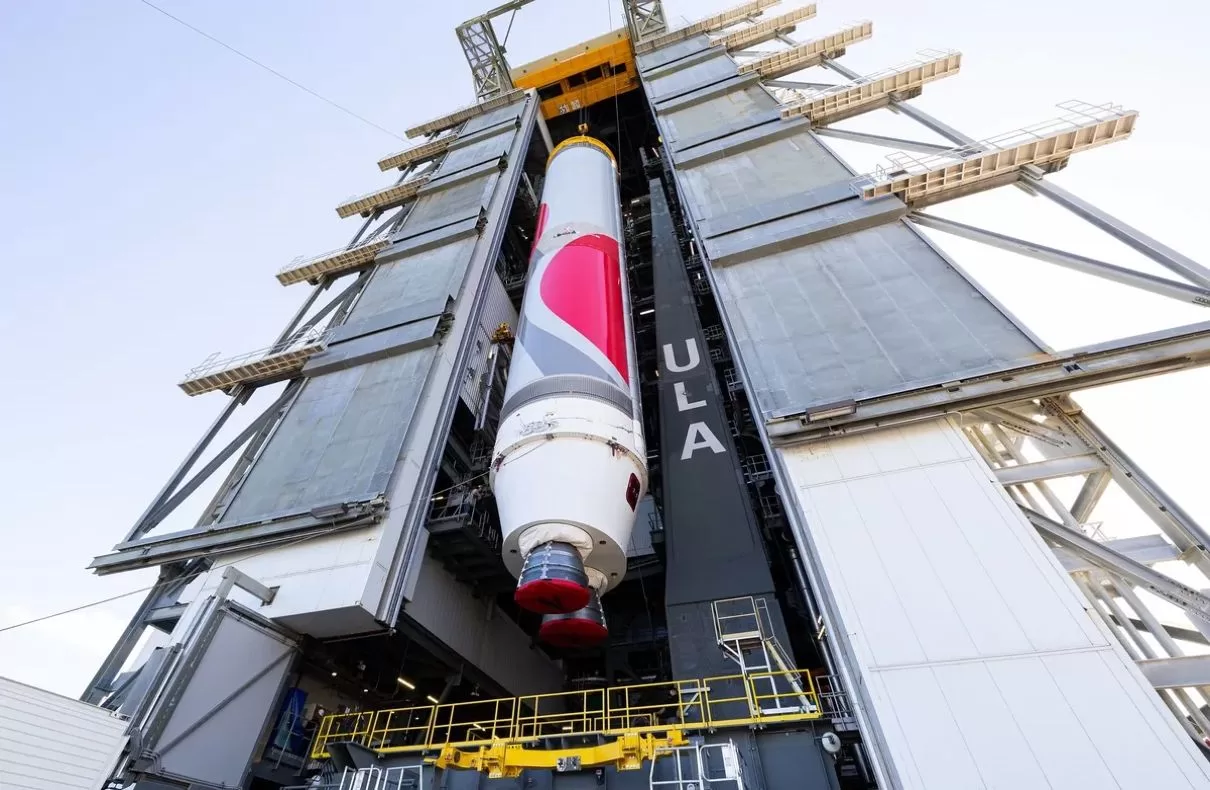3 years have passed since a global pandemic arrived to change our way of life at all levels: from adapting to a new stage where many paradigms of the workforce have changed; going through daily life and interaction with other people, to the consumer’s own habits.
In the field of business, many industries flourished, others were on the verge of bankruptcy. Many businesses prospered, other brands closed their doors. And all this in less than 3 years away.
I just read a story about the movie industry getting back to pre-pandemic levels of attendance. Without a doubt, the cinema, the theater and other shows received one of the hardest blows with the Covid-19. But now you can see that the industry is beginning to accelerate.
The same thing happened with tourism in the world. Companies like AirBnB, were close to going bankrupt. But not all companies ran with the same luck: many travel agencies never managed to recover. Three years later, it is also one of the industries with the highest demand today.
But there is a trend that seems irreversible and that accelerated with the pandemic: the beautiful charm of walking through the malls and/or going shopping.
For some years, before the pandemic, an interesting phenomenon had been observed in the United States: the abandonment of people to go to the “malls” and, with it, the sudden closure of retail stores in shopping malls. Not that the traffic had disappeared, of course, but the trends indicated a pattern: people preferred to shop online. The rationale was very simple: you buy in less time, you receive what you expect the next day and you save a lot of time.
Precisely, the pandemic also accelerated this phenomenon… or at least in the United States, because in the case of Mexico and Latam it is a little different because, in fact, the latest statistics suggest that there is an increase in traffic in the main commercial centers of the City. But I think this phenomenon is beginning to be observed: more and more squares look less trafficked. I’ve also seen several complexes revamp and reinvent shopping centers to bring people back.
Now, this is the point that I want to analyze: although we are not in a situation like our neighbor to the north, I do believe that the trend in Mexico and Latam is that we will migrate there, where there is more and more abandonment of retail stores. and the preference for online purchases. At least 10 or 15 years from now.
It is clear that at this time buyers in Mexico are not ready to take that leap: a much greater cash banking is needed, as is the case mainly in the US. And secondly, the trust for online purchases with a credit/debit card.
Of course, at this point, as a parenthesis, there will be certain products that will retain their status to “go pick them up at a store” and/or “that you can only buy in physical stores”. And precisely in this sense, some trends on the future of shopping centers also talk about how they will become smaller, but more intelligent.
And I think this is precisely what will happen in the future: shopping centers will not become extinct, but they will be a hybrid species, where you can make purchases completely automatically, without the need for personnel; or supported by artificial intelligence. Something very similar to the Oxxo store that no longer needs cashiers and all charges are automatic. Or Amazon stores where the entire purchase process has been automated.
But to get to that we need many more years. At least to see it as a reality in Mexico and Latam.
Meanwhile, that behavior that we, the inhabitants of the cities, had of going shopping in the squares seems to be a more distant activity. And so it will continue for years to come.
The question at this point is: do you think shopping centers will innovate? Or, on the contrary, will they be abandoned?
Tell me your opinion.

